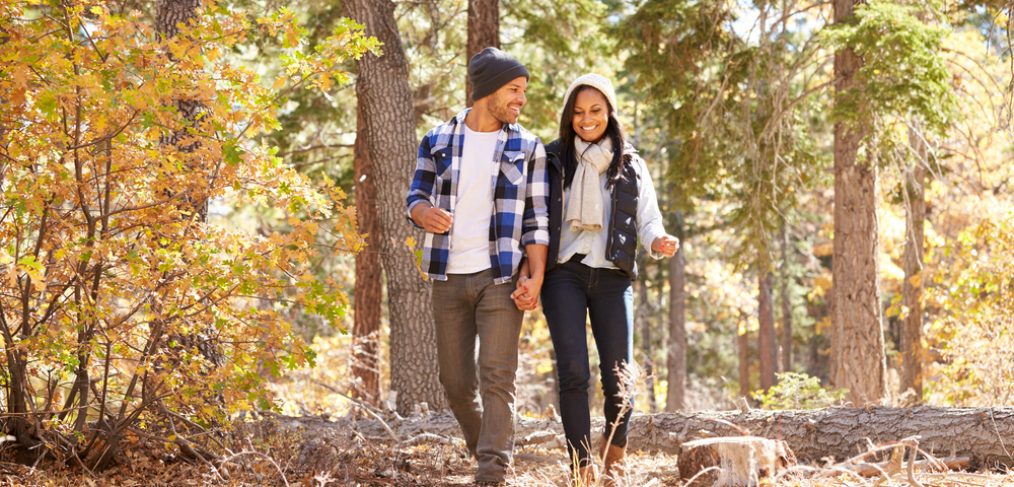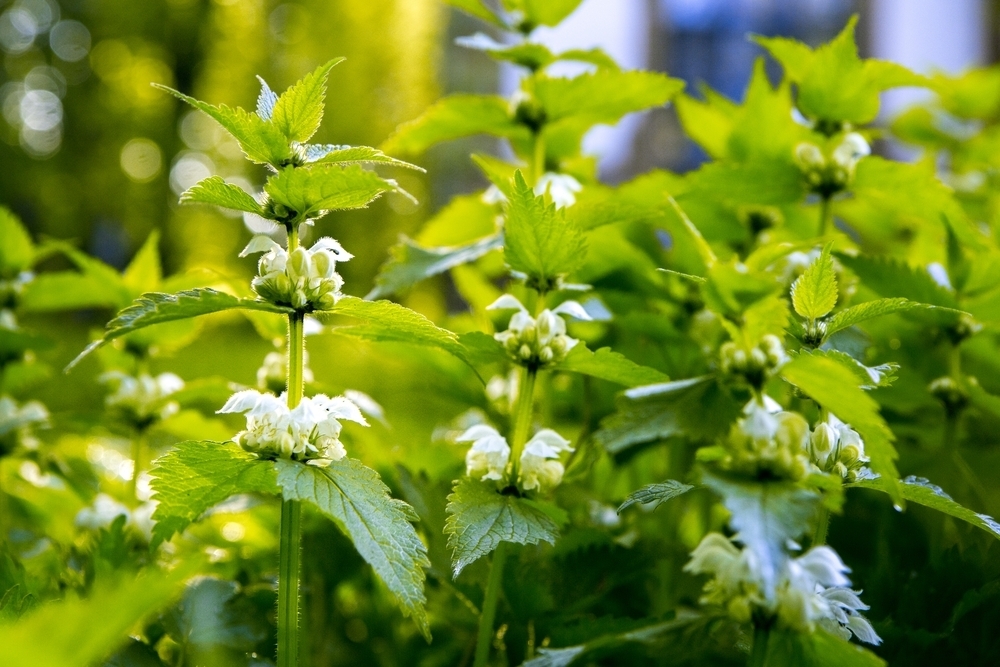We all love the accessibility of recording devices, until we find ourselves on the wrong side of the camera. If it weren’t bad enough to have to have our epic stunts end up in epic fails, falls, and face plants, now we have the added probability of someone with a quick draw on the camera ready to capture the moment and post it on social media. It’s spring and that means it’s time to dust off the skateboards, surfboards, roller boards, and whatever other boards that have been sitting in the cellar for the last few months. But if your don’t want to find yourself the subject of unwanted attention on You Tube, here are some safety tips you may want to keep in mind.
Pack Layers
Spring weather is known for its variability. Hot sunny days may give way to cloudy afternoons and vice versa. Prepare for every eventuality by packing extra clothing layers, including socks. Wet feet can be most uncomfortable.
Hiking Preparedness
If you are heading to the mountains, you’re likely to encounter snow, and when there’s snow on the mountains, there is a risk of an avalanche. Check the local avalanche reports before heading up.
Hiking in the spring is wet. Rivers rise and snow melts, making roads muddy and slippery. Be aware of stream crossings and wet surfaces and look out for flash floods and rising water, characteristic of spring. Pitch tents above the high-water mark, even if it means sacrificing an impressive view or a longer distance to the stream. Remember that even designated campground sites can be dangerous in certain conditions.
Cotton Is Rotten
Although cotton is hailed for its comfort and durability, it is not known to mix well with water. Wet cotton clothes can trap water and rob the body of heat. Choose synthetic clothes appropriate for the activity you’re planning.
Paddling
Paddlers need to be aware of the possibility of hypothermia. If the air temperature and water temperature do not exceed 100 degrees when added together, hypothermia can be a real concern. If you must paddle when conditions are less than ideal, be sure to bring dry clothes and a fire starter in a dry bag.
Warm Up
Keep in mind that your muscles, joints, and lungs are probably still in winter mode. Don’t take on anything physically taxing if you’re not ready for it. Make sure to warm up before engaging in physical activity and stretch out when your done. Work up to longer outings to keep your self from getting strained early in the season.
Check Your Gear
Remember that the gear that broke last spring has not gotten fixed by itself. Make sure to examine, clean, and fix gear before heading out, especially if children are part of the plan.
Share Your Expertise
If you see someone who looks as if they’ve bitten off more than they can chew, don’t be afraid to make a suggestion to ease their situation. They may appreciate your advice about finding a safer place to camp or the offer of some water.
Let us know what you’re doing this spring to keep safe. We want to know your best tips for a happy healthy spring.






